This academic year has been exam heavy and, in actual fact, by the official end of term the only person going to school was my husband. Friday was the official finish – and this was supper. I’d been to the supermarket to pick up milk (Seb drinks it by the pint – and I have no idea why we still buy milk in pints when we are supposed to be metric. I’m disregarding the 2.272 litres labelling, as that’s just daft.) and they were reducing the seafood.
50p for this lot.
For all mussels are reckoned to be best eaten between November and April (aka when there’s an ‘r’ in the month), I can’t walk away from them at that price. The only reason for the ‘season’ is that winter is when they are at their ‘meatiest’. Personally, I tend to avoid mussels in the spring because that’s their traditional spawning time but I gather climate change is making it all more complicated.
Anyway, I swung my trolley round and picked up some cider and a crusty loaf.
Mine are rope grown in classified water – so I know they’ve not been affected by any toxic algae. They come in net bags and should smell like the ‘seaside’. Mine did. When you get them home you need to cut open the bags and put them in a dish to collect any juices. Don’t clean them until shortly before you plan on cooking them. And, plan on cooking them quickly. Mussels don’t have a long shelf life. At 50p, my guess was mine needed using the day I bought them.
Don’t cover them with a lid – or put them in a bowl of water. If you store them in freshwater they’ll die (being sea creatures) and if you use salted water they’ll use up all the oxygen .. and die. I covered mine with a piece of damp kitchen towel and popped it all in the bottom of my fridge.
I have a number of issues with mussels. The first being they are alive .. and I am of a squeamish disposition. The second is the smelling ‘like the seaside’. Intellectually, I know that’s a good thing but it’s not a smell I like when I open the fridge door.
My final issue is the cleaning of them. I understand it’s better to buy them uncleaned because they have a longer shelf life if the ‘beard’ is still attached, but it’s a horrible job prepping mussels. I do not consider them a ‘wonderfully quick and convenient thing to cook’.
My grandparents used to briefly soak their mussels in water and flour/oatmeal to ‘purge’ them. In the UK you don’t need to do that any more as all commercially sold mussels have to be purified before they are sold. So, that’s something in their favour.
My first job was to discard any with broken shells. Even the slightest crack and it’s not worth risking the mussel being dead inside. Chuck it away.
Next – and this is my top tip – delegate. Always. These are not my hands.
Scrape off any barnacles. Give them a brush over. Mussels grown on rope are not that bad. If the shell is open, give it a sharp tap with your knife and it will slowly close shut. If it doesn’t, chuck it away.
Now’s the time to pull off the ‘beard’ which are protein membranes the mussel uses to attach itself to a stable something rather than float off into the deep. In my case, my mussels attached themselves to rope. The other end is attached to them – which is why you pull this off shortly before cooking rather than prematurely traumatise it. (Yes, I know I’m about to put it in a steaming pot, but this isn’t really for the benefit of the mussel.)
Meanwhile, I return to the clean end of the business. Finely chop an onion.
My Grandad would never have done such a thing – but I add a chopped clove of garlic. A little sugar.
Soften in rapeseed oil. He used butter.
Again, I’m wilfully deviating. A little kick of something is really tasty. Cayenne pepper.
Stir.
I’m using one of my favourite ciders. Go for something dry.
Add a tin of tomatoes and the cider.
This is something of a moral dilemma. The rest of the cider could be considered ‘cook’s perks’ .. or you could motivate the person/perspons cleaning the darn things.
There they are – ready for the pot. Give them a rinse under cold running water.
Give the sauce a little taste to check for seasoning. A little pepper, maybe. Don’t add any salt now as the juices the mussels release are naturally salty. Get everything boiling.
Tip the mussels in the pot and cover with a lid. Give everything an occasional shake – but the steam will cook the mussels on the top without too much worry. Through the misty haze of my see-through lid I watched the mussels open.
There they are.
A little chopped parsley, as much for colour as anything else. Curly was what my grandparents used and it makes me smile.
Give everything a stir and transfer to a big, warm serving dish. If you spot any mussels which stubbornly remain closed, discard. Don’t try prizing them open, it’s not worth it.
You’ll need some crusty bread to soak up all the juices and some bowls for the empty shells. Use an empty shell as a pincer. It’s all gloriously communal. Eat.
Serves 4-7 (1lb of mussels is usually reckoned to be a portion, but I serve it with lots of crusty bread ..)
- 4lb/1.8kg mussels
- 1 onion, finely chopped
- 1 clove of garlic, finely chopped
- 1 teaspoon of sugar
- 2 tablespoons of rapeseed oil
- A shake of cayenne pepper
- ¼ pint/150ml dry cider
- 400g/14oz tin of tomatoes, chopped
- Fresh parsley
- Black pepper
- Lots of crusty bread to serve
Prepare the fresh mussels. Discard any with cracked shells or any which do not shut when tapped with the back of a knife. Scrape off any barnacles and pull of the ‘beards’. Rinse under cold water.
Heat the rapeseed oil in a large pan and soften the onion, garlic and sugar. Cook until the onion is soft and beginning to take on a little colour. Add the cayenne pepper and stir.
Add the tomatoes, cider and a little black pepper. Bring to a boil.
Add the mussels. Cover with a lid and cook, shaking the pan occasionally. 3-5 minutes later the mussel shells will have opened.
Sprinkle with parsley. Stir. Transfer to a large, warmed serving dish and discard any mussels which remain shut.
Eat.


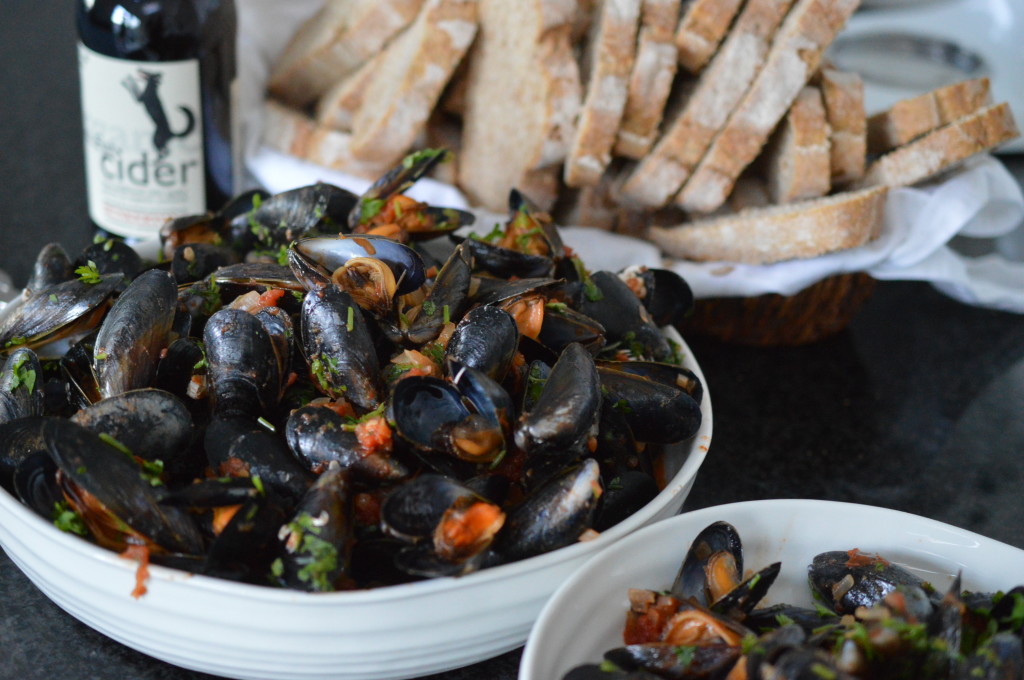
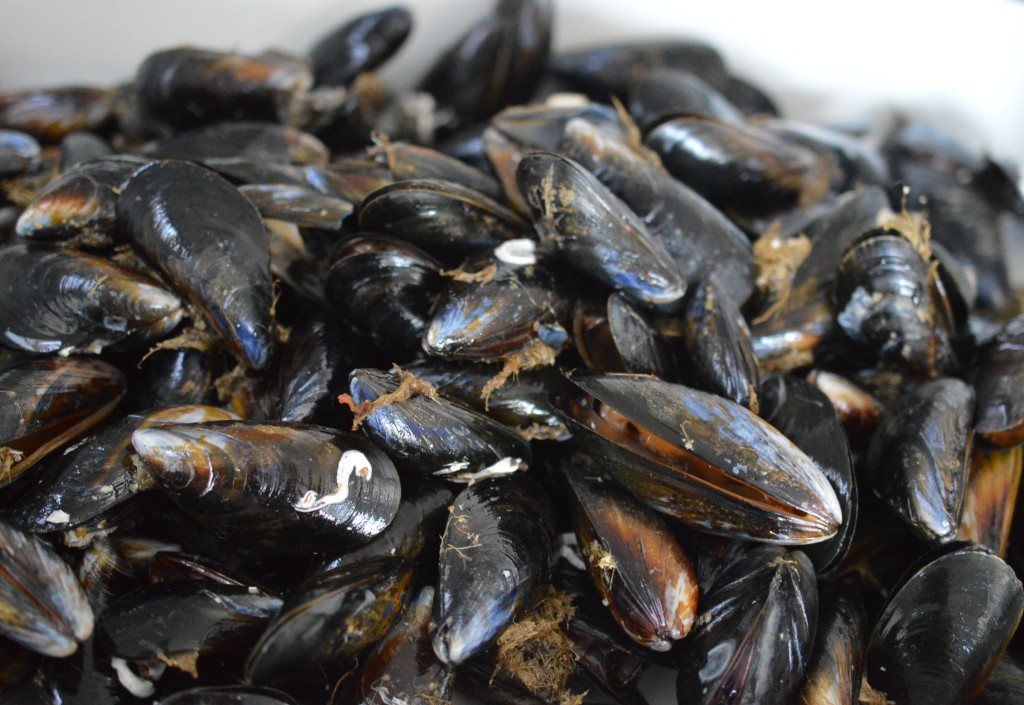
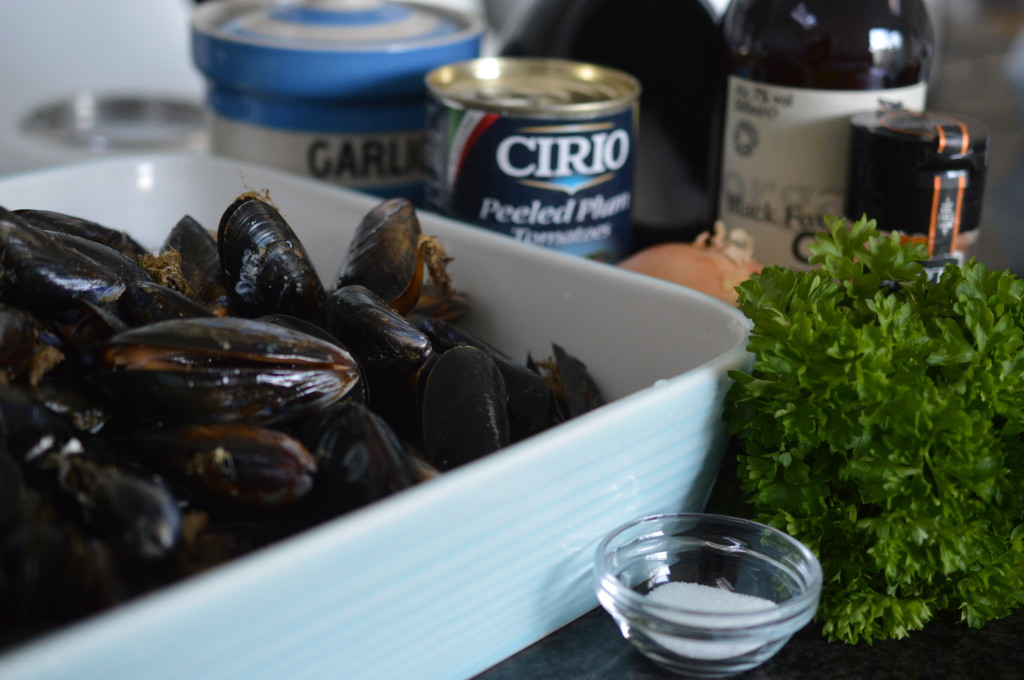
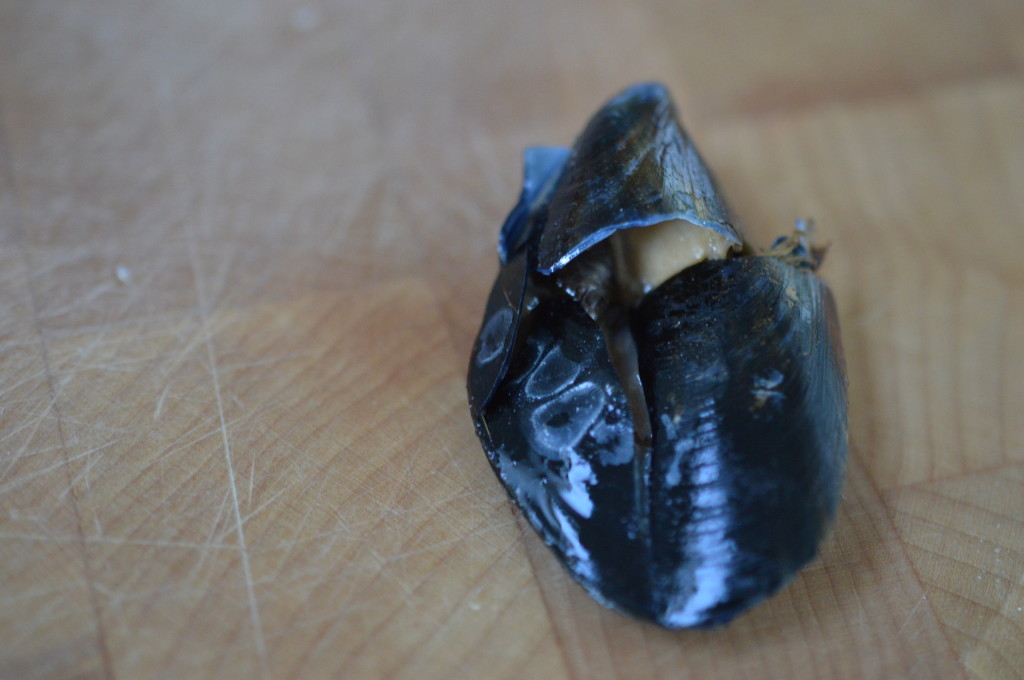
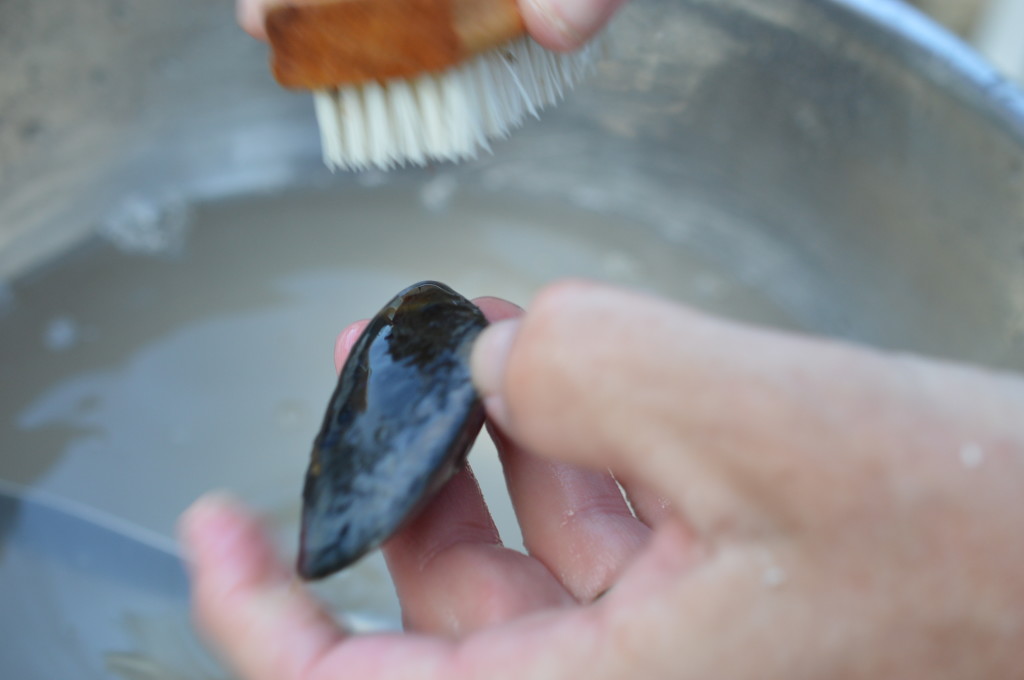
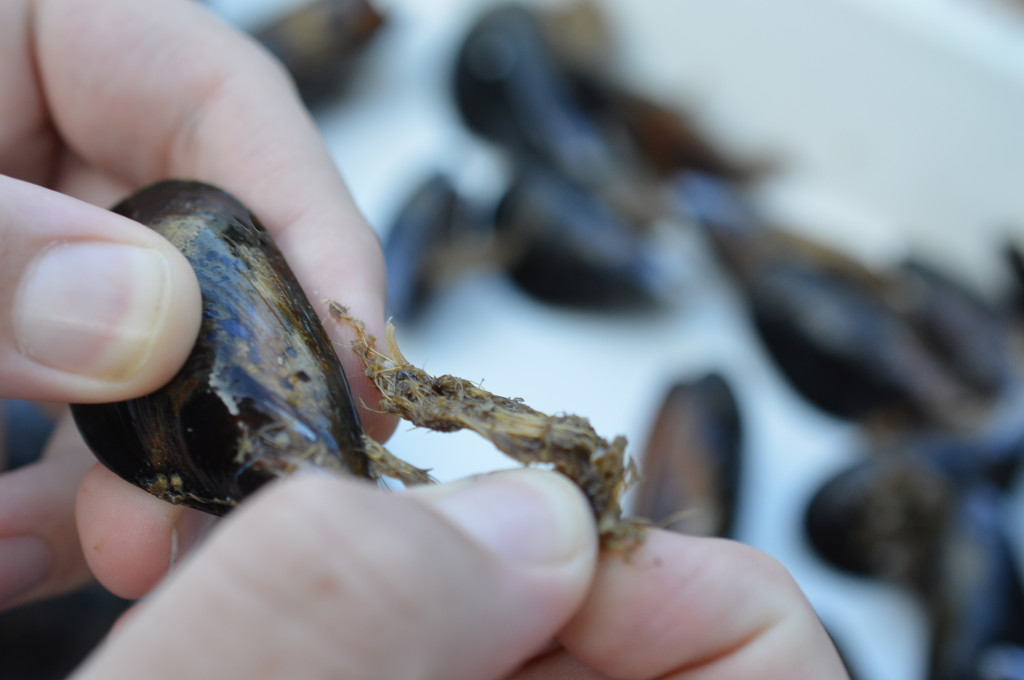
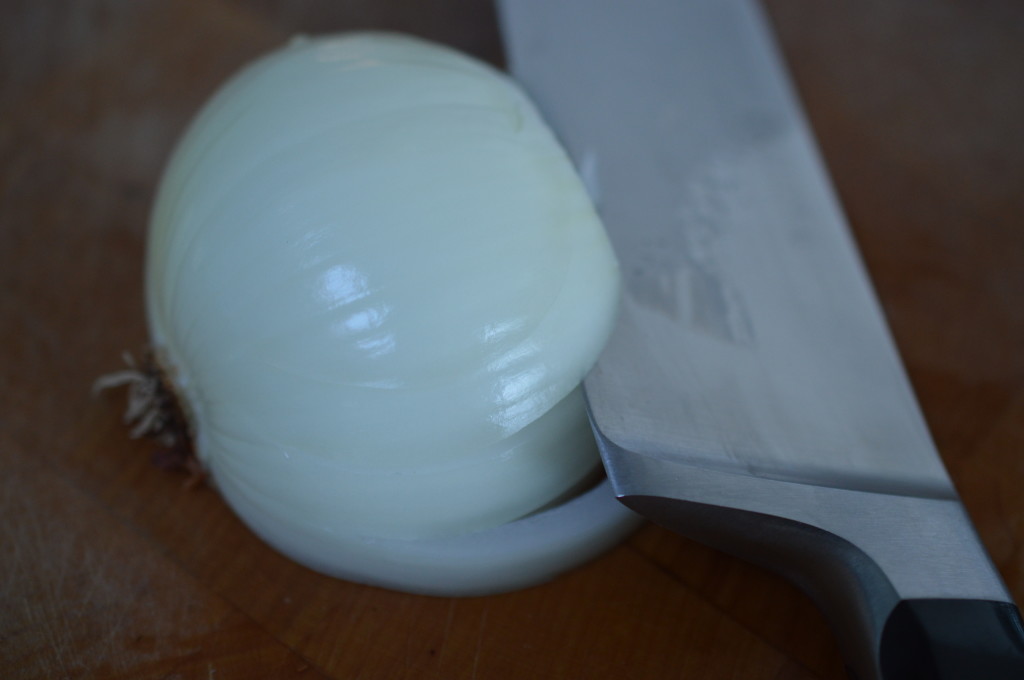
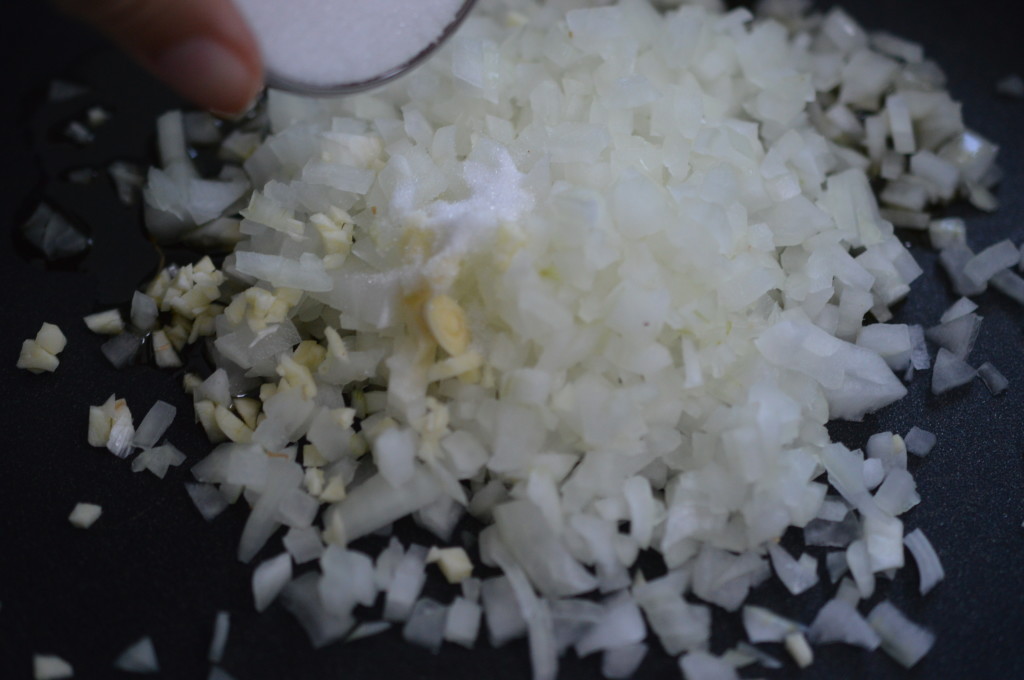
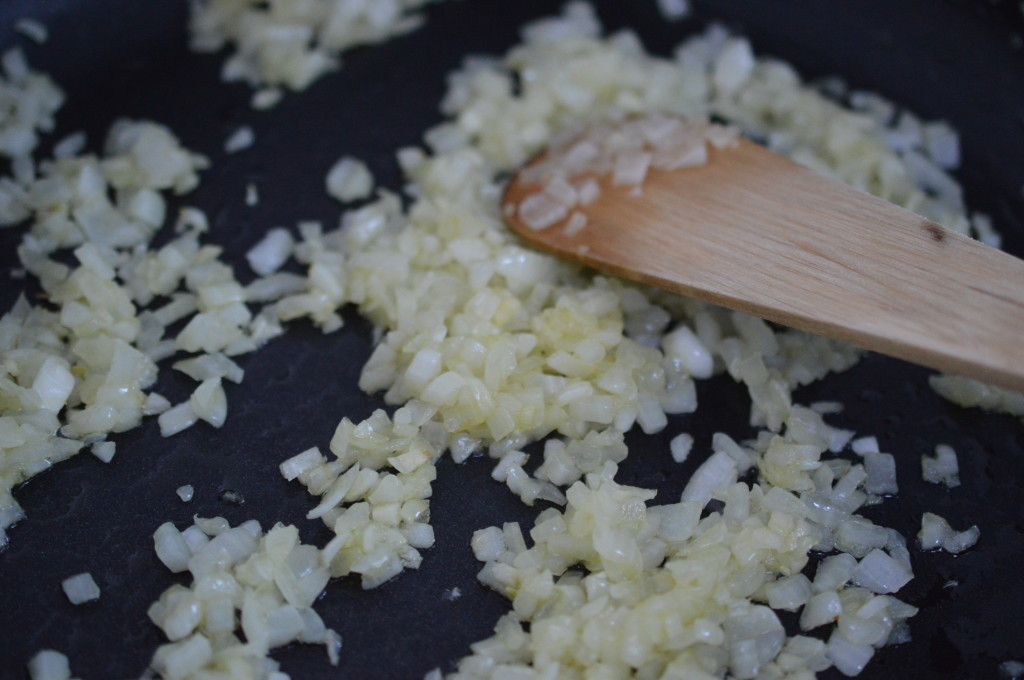
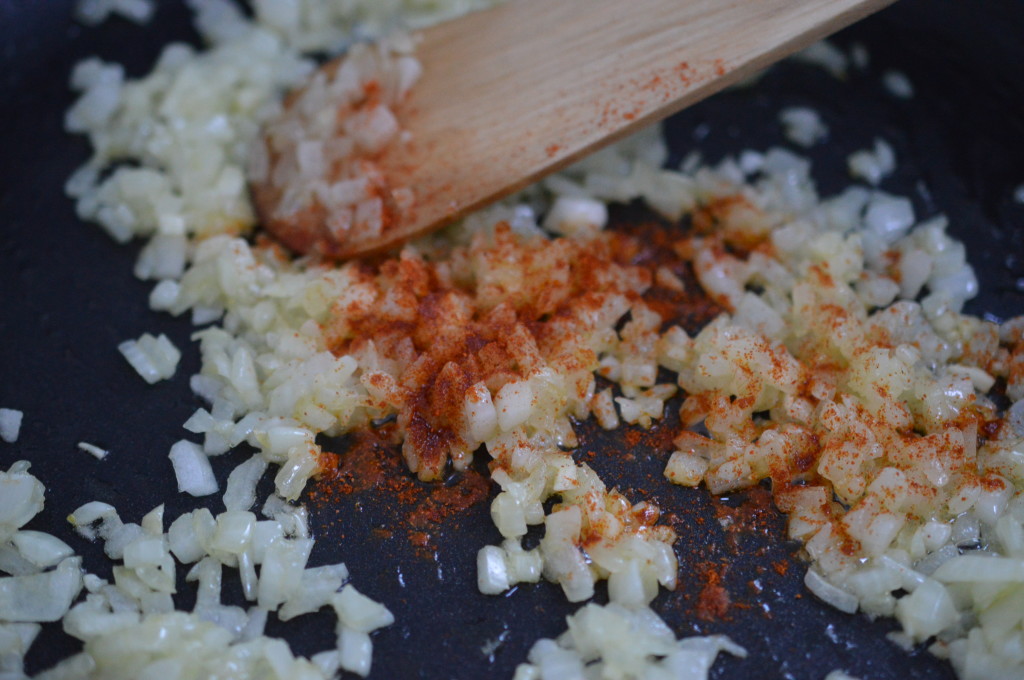
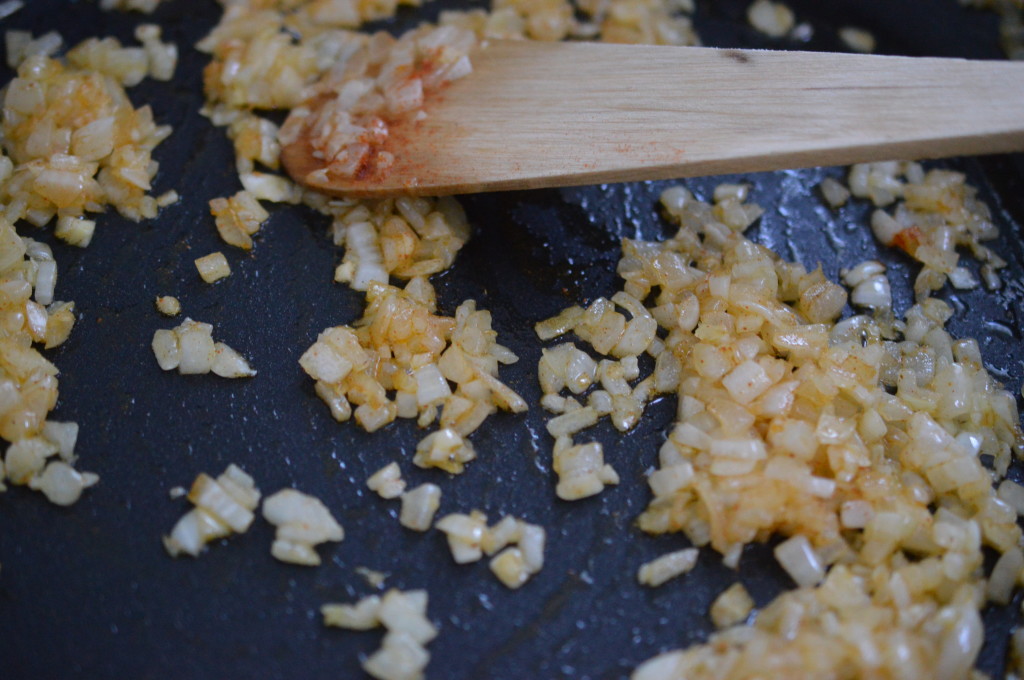
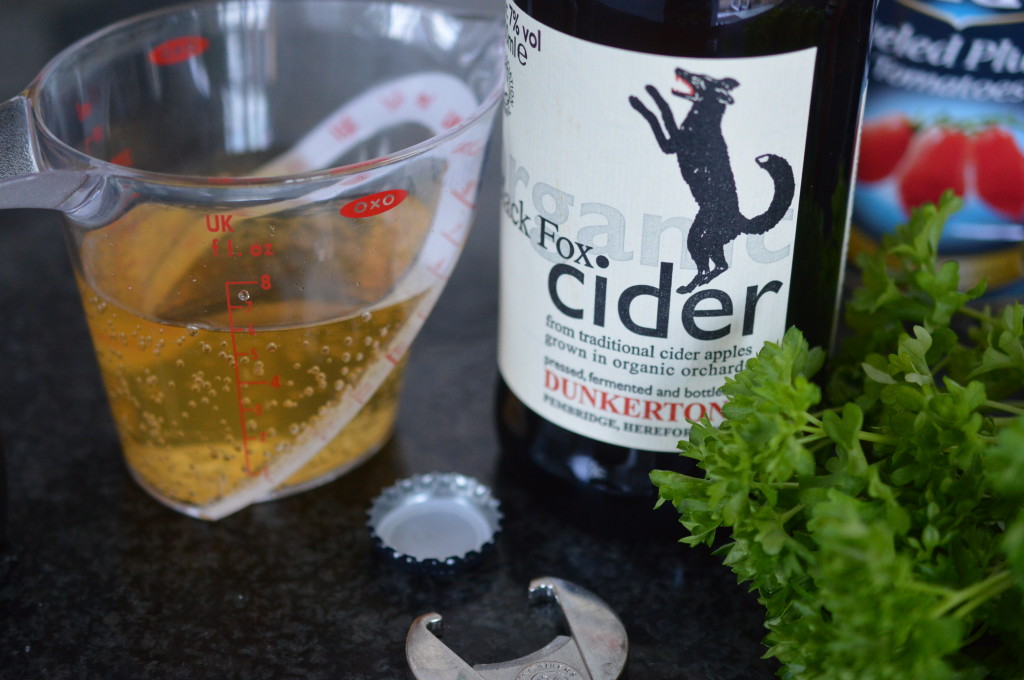
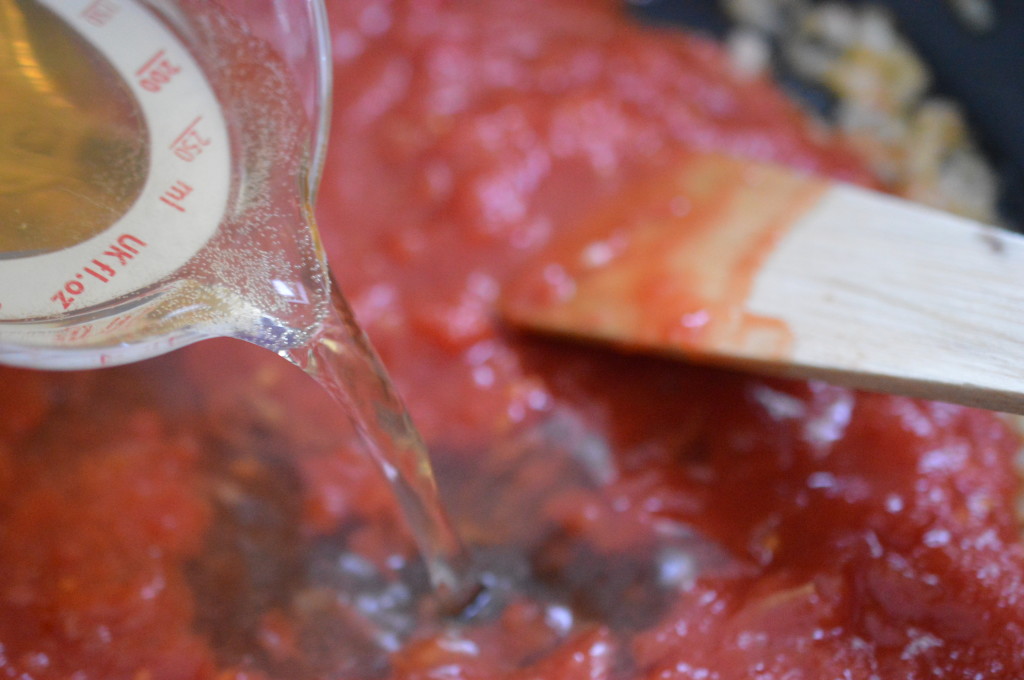
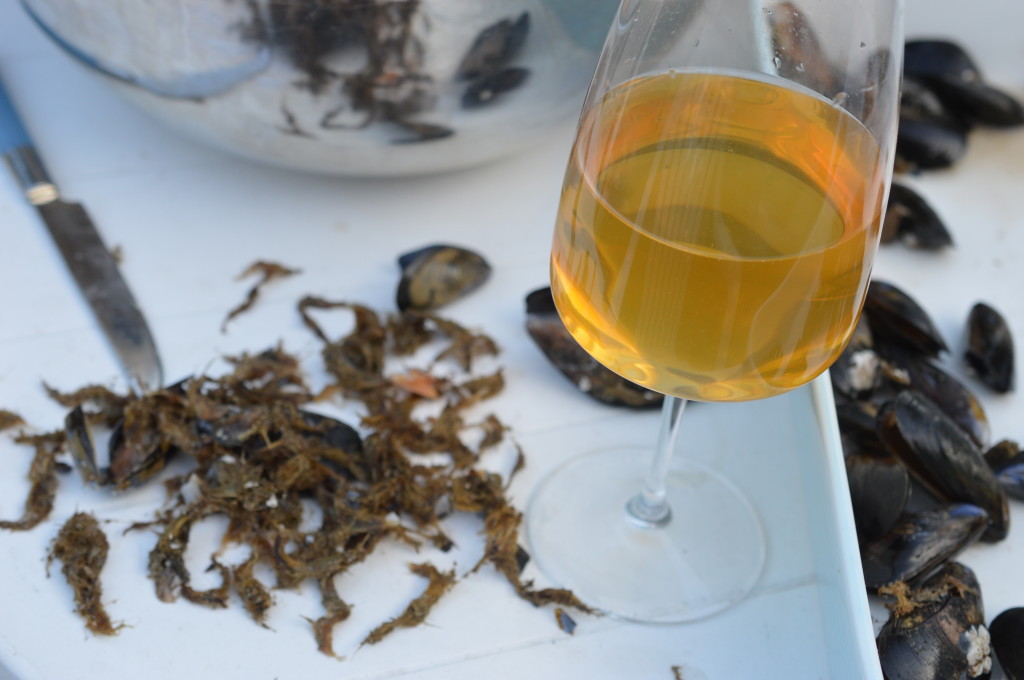
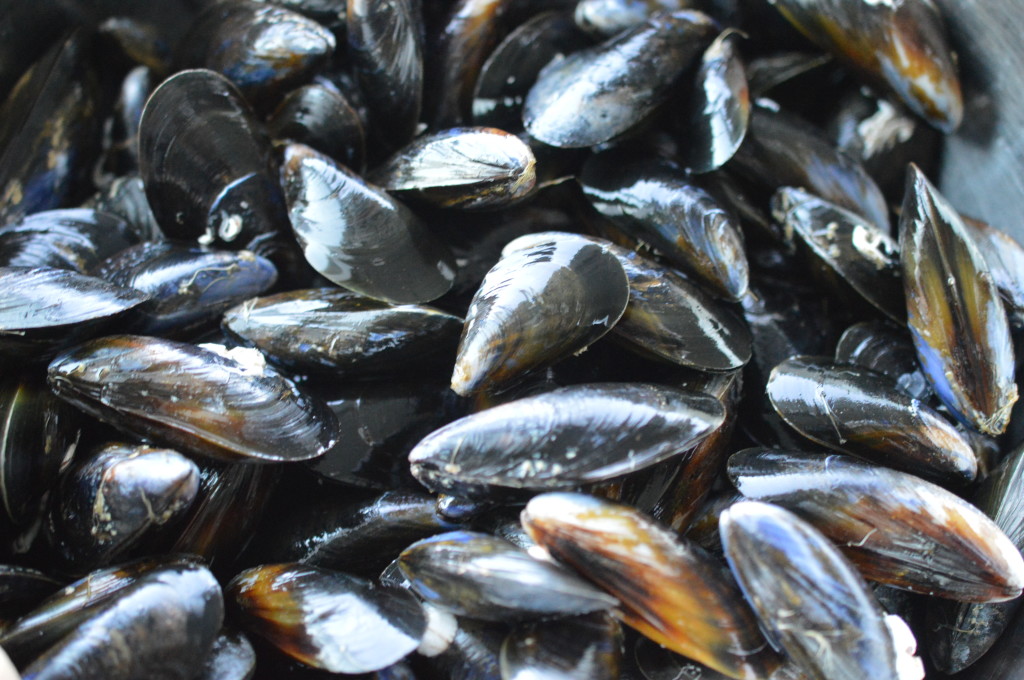
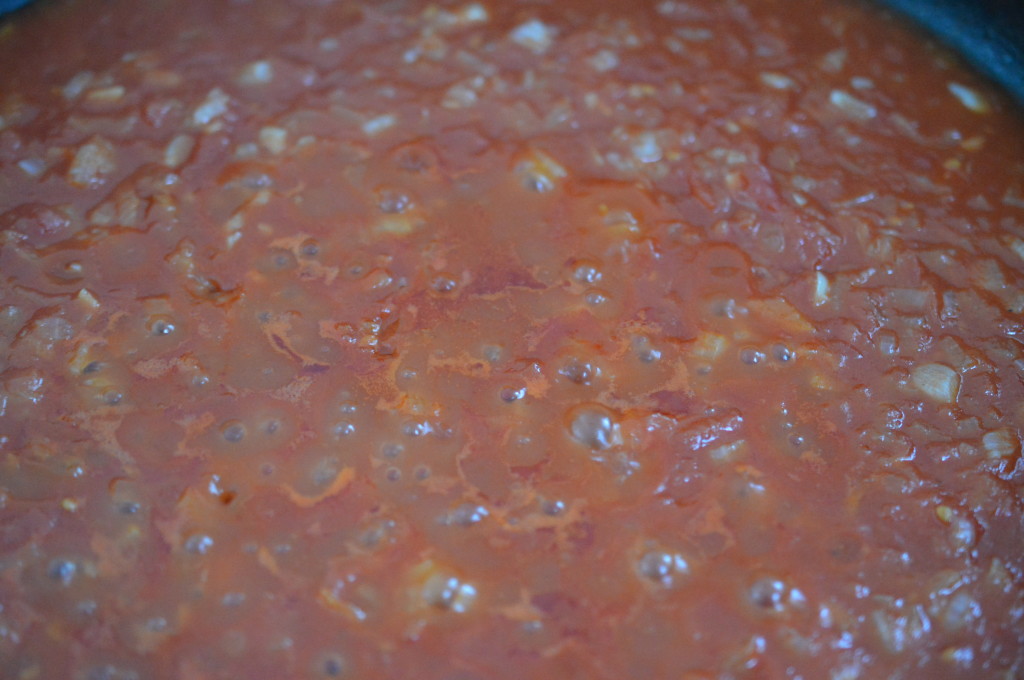
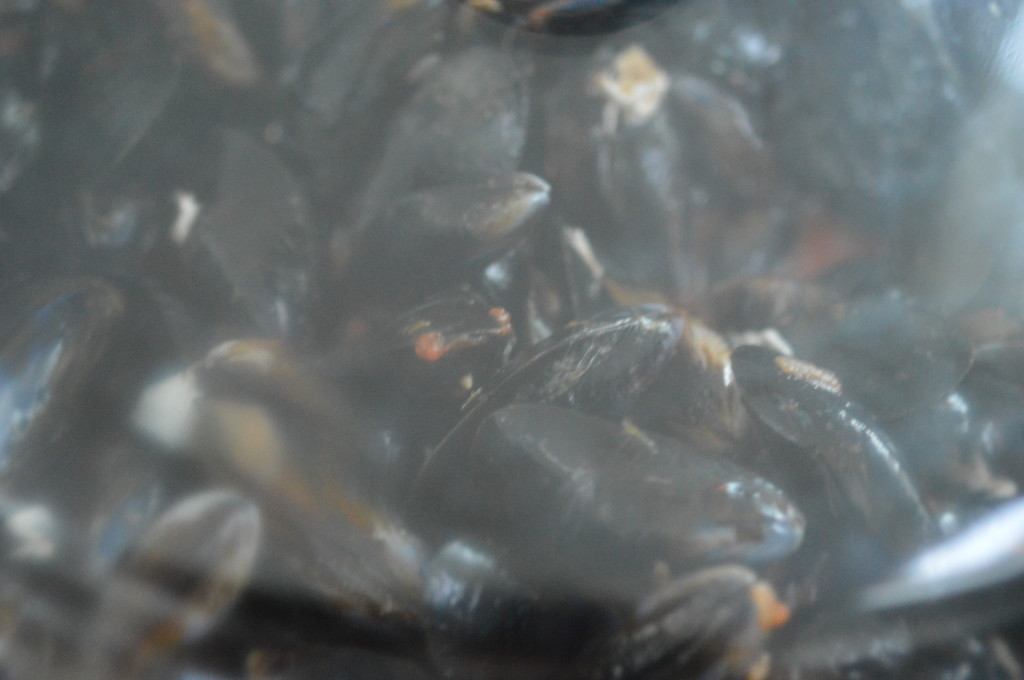
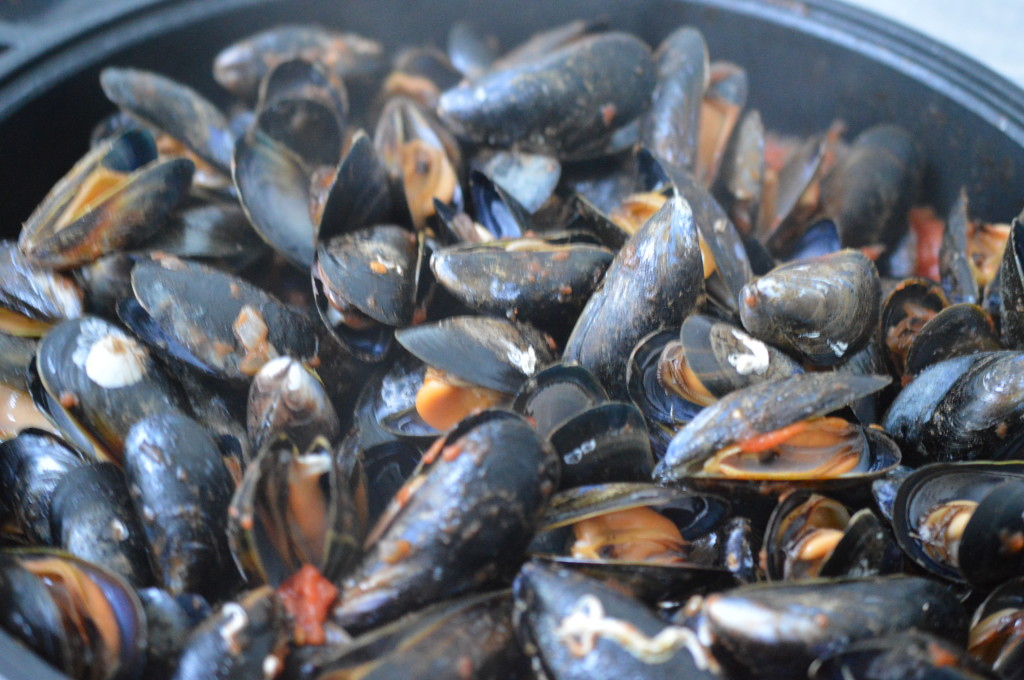
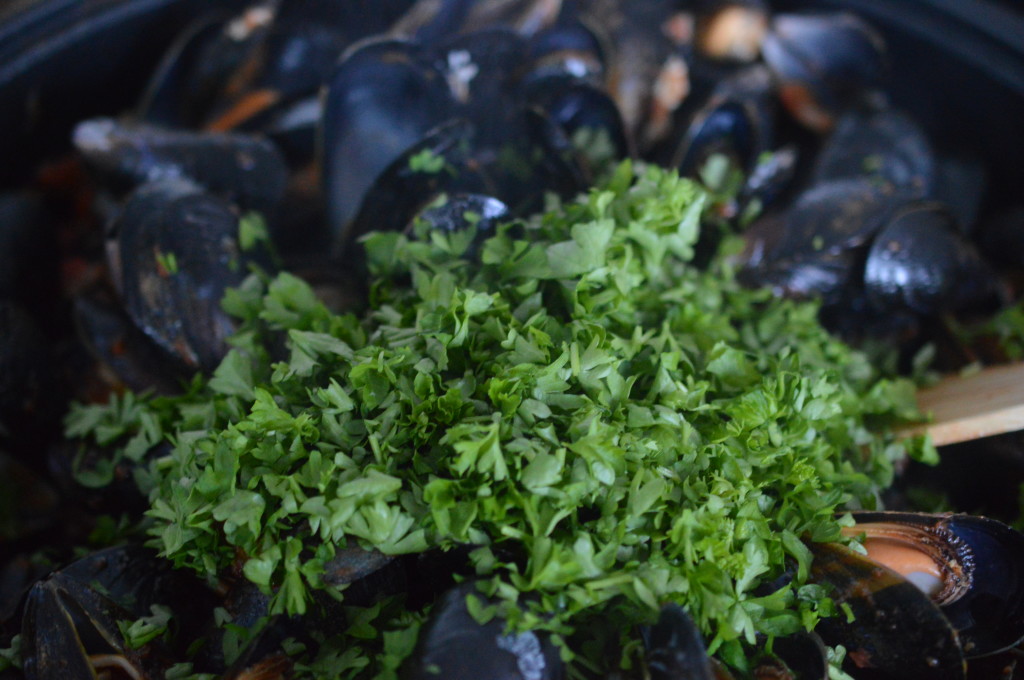
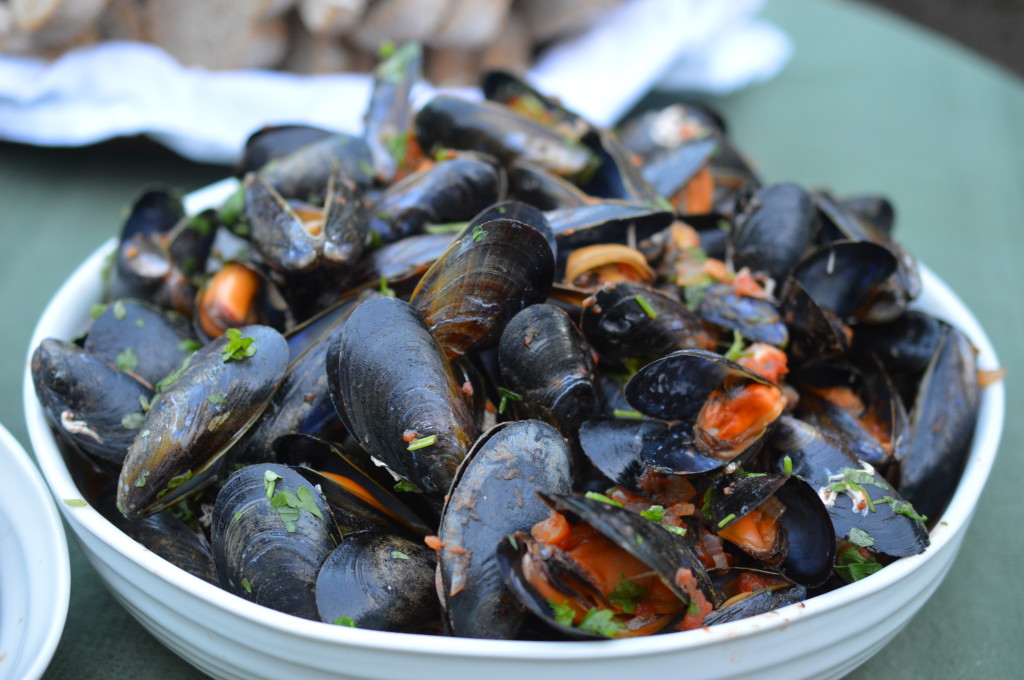
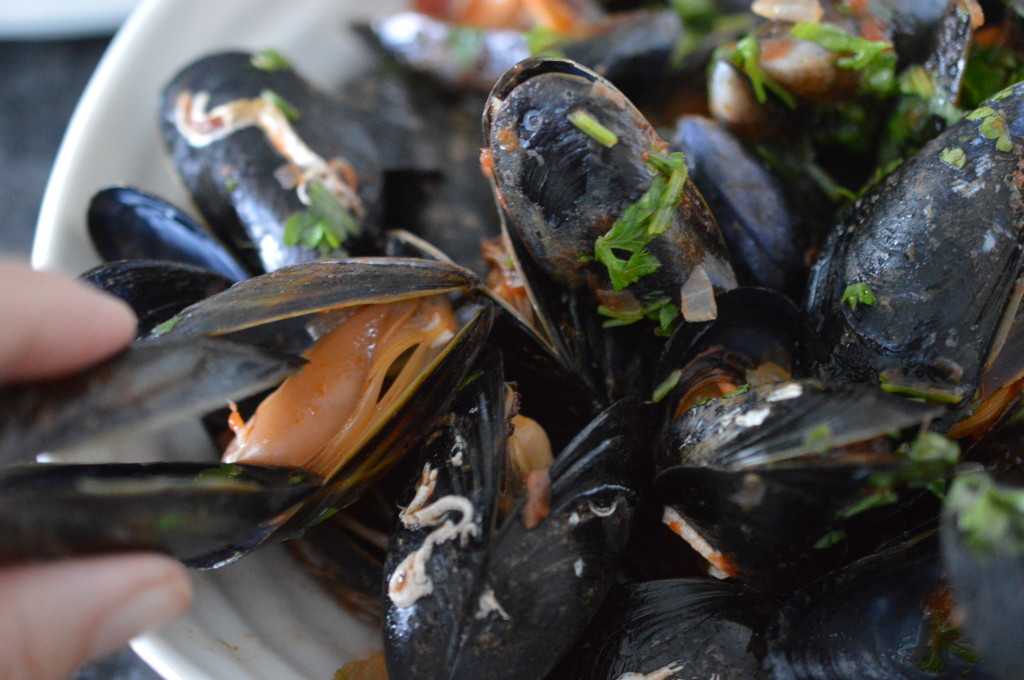
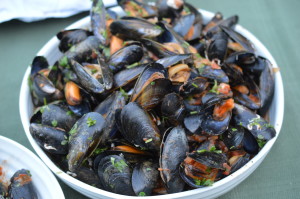

Leave a Reply